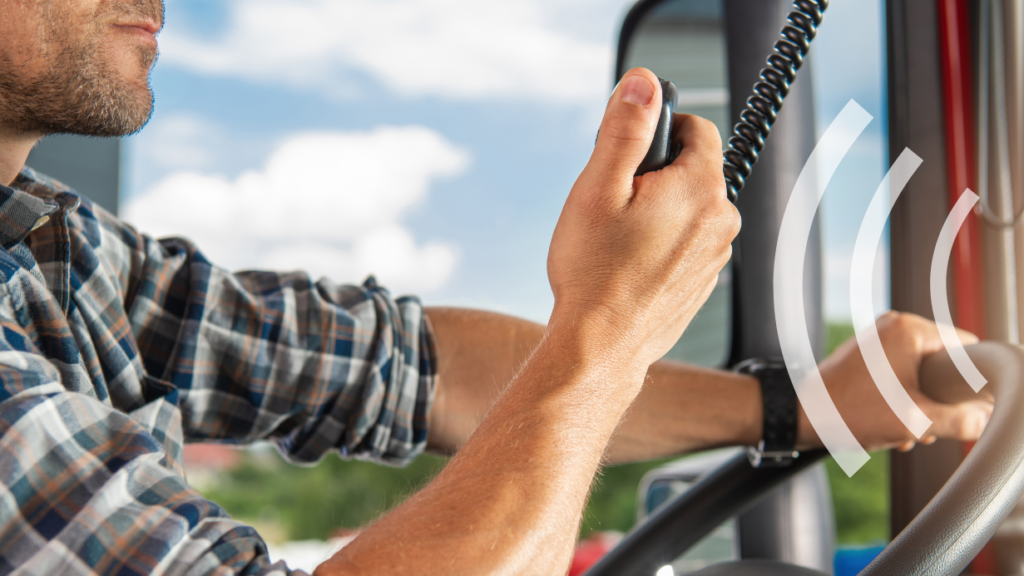
Truck drivers are a unique group of people and our Truline drivers, located from Arizona to Nevada to Utah and beyond, are no different. Their coworkers sometimes work across the country. And, although they may not be able to meet up around the water cooler to share the latest news, they do have a way of communicating with each other while on the road.
Yes, the CB radios of truck drivers are sometimes vital to discussing information with dispatchers, but smartphones have made them all but obsolete. While newer drivers to the scene may not ever be completely fluent in the radio code (can you tell us what a ‘pickle park’ is?), it can still help to learn a few of the basics to help you get settled, connect with the seasoned drivers you meet at truck stops and trucker lounges across the county, and it might just save you from a ‘gator’ up ahead (by the way, it means a piece of tire tread on the road).
The secret language of truck drivers is a system of hand signals and specific codes and slang words used for communication between drivers. These signals can be used to indicate the presence of upcoming traffic or other dangers on the road. The system also allows drivers to warn each other about upcoming traffic jams, construction, and bad weather.
In the 60s and 70s, the CB radio had strict guidelines for language use. Much to the chagrin of many now who are often plagued by the ‘shenanigans’ (to put it lightly) of many drivers on the trucker’s channel, the rules have loosened a little bit, but the culture and language are still there.
This section is all about the secret language of truck drivers. It tells us what their codes are and how they use them to communicate with other drivers in a way that is not understandable by anyone else around them who may be listening in.
Back door: pay attention to what’s behind you.
Bear: a cop
Catch you on the flip flop: See you on the way back.
Chicken coop: the weigh station.
Chicken lights: the additional lights on a trailer.
Chicken truck: An owner-operated rig. The ones you see are all decked out with accessories and lights.
Clean shot: There are no cops about.
Comic Book: The driver’s logbook.
Diesel Bear: Truck enforcement cop (D.O.T). Also called a weight cop.
Evil Knievel: A cop on a motorcycle.
Four-wheeler: All the other vehicles on the road.
Just a gettin’ it: Running fast and hard
Stay loaded: Good luck and well wishes.
Wipin’ Her Feet: The truck is sliding.
And, if necessary, here are the 10 codes that should always be followed by new and seasoned truck drivers:
10-1: Receiving Poorly.
10-2: Receiving well.
10-3: Stop transmitting.
10-4: Ok, message received.
10-5: Relay message.
10-6: Busy, stand by.
10-7: Out of service.
10-8: In service.
10-9: Repeat Message.
10-10: Transmission completed, standing by.
10-11: Talking too rapidly.
10-12: Visitors here.
10-13: Weather or road conditions.
10-17: Urgent Business.
10-20: Location.
10-34: Trouble at this station, help needed.
10-42: Traffic accident.
10-43: Traffic jam.
10-70: Fire at a truck stop.
10-73: Speed trap.
10-99: Mission completed, all units secure.
10-100: Gotta go No. 1.
10-200: Gotta go No. 2.
Interested in learning about regional Truline truck driving opportunities in Nevada, Arizona, Utah and beyond? Check out our current career openings.